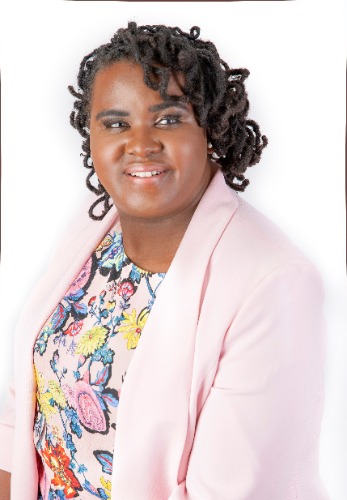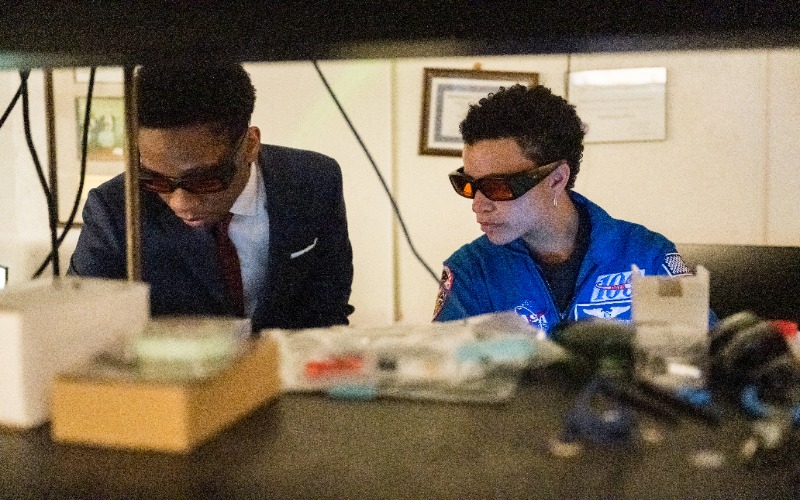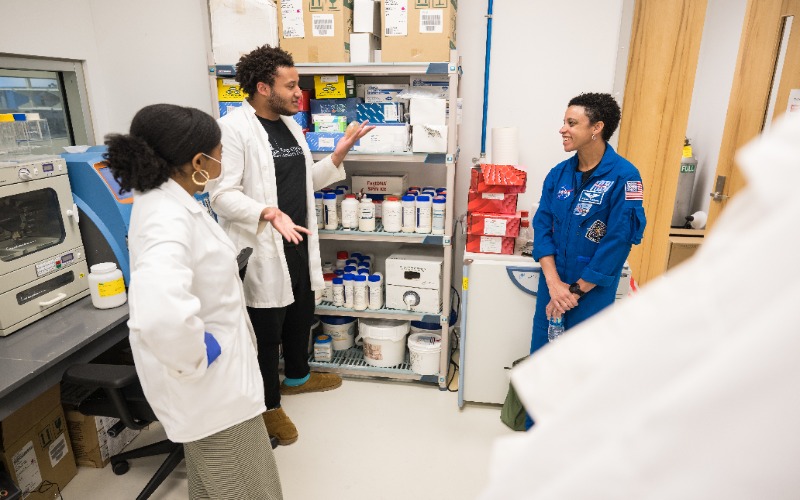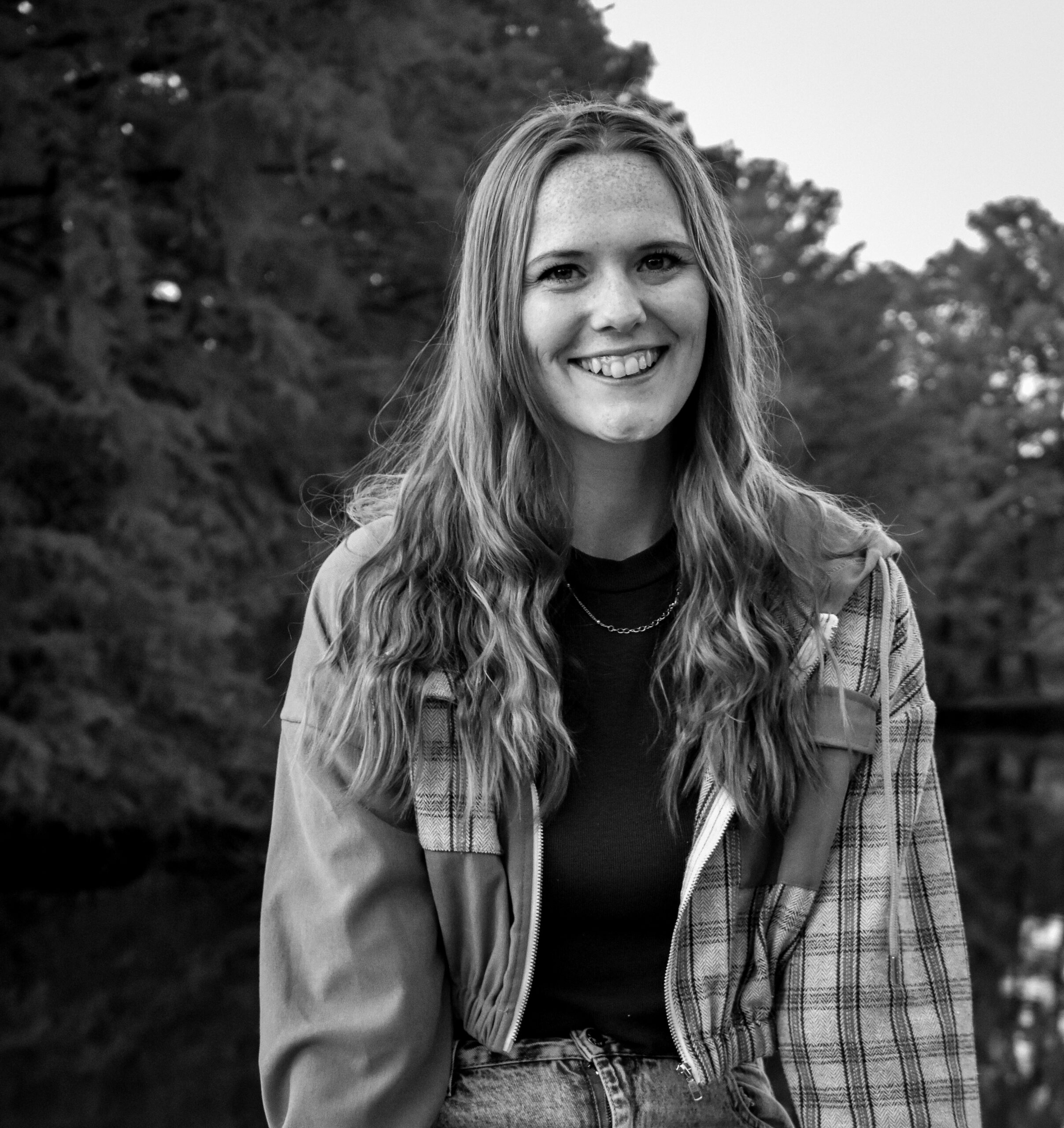
NASA’s Space Technology Mission Directorate (STMD) is launching an innovative strategy to boost outreach efforts, remove barriers, and attract diverse ideas for revolutionary space technology research and development across the United States. The NASA Space Tech Catalyst Prize aims to extend the network and engagement within NASA’s Early-Stage Innovations and Partnerships (ESIP) portfolio. The prize seeks to recognize individuals and organizations that engage underrepresented and diverse space technology innovators, offering $25,000 awards to multiple winners. The winners will be invited to an in-person event at NASA’s Goddard Space Flight Center, where they’ll learn industry best practices for fostering diversity in the space technology community and about NASA’s plans and partnership potential.
Innovation & Tech Today spoke with Denna Lambert, the NASA inclusive innovation team lead. As an African-American blind woman, Denna’s life work is to advocate for the underrepresented in the space technology industry. Denna talks about her experience working with NASA, the purpose of the Space Tech Catalyst Prize, and how inclusivity can propel greater innovation for the future.
Innovation & Tech Today: Can you share your experience at NASA? How has NASA promoted diversity throughout your time there?
Denna Lambert: I went to the University of Arkansas and went through their business program, which was great. I got a lot of really good education and many opportunities, but one of the challenges that I faced was recruiters being unsure how it would work out hiring somebody who is blind.
I’ve been blind since birth. I received rejection letter after rejection letter, even though I worked in the career center for a work-study. And it wasn’t so much of my interview skills. It was more of just recruiters not having that awareness of how a person with a disability could be successful in a corporate environment. Thankfully, I got an opportunity to speak at Microsoft in 2003. NASA was there and asked if I’d be willing to move outside Arkansas. So, I was hired as a contract specialist at Goddard Space Flight Center in 2004.
The government, particularly NASA, has been very proactive in addressing various barriers to employment and retention. NASA promotes diversity in a very holistic process of looking at some of the structural things and by making our processes as transparent and intuitive as possible, but also in the relational aspect of ensuring that everyone feels they’re welcomed and invited to engage in our competitive funding processes. And then also building community with those innovators that may not be near a NASA center.
I&T Today: Can you provide an overview of the NASA Space Tech Catalyst Prize?
Lambert: The Space Tech Catalyst Prize is part of an engagement strategy for inviting innovators who are out there- whether they are from a smaller university that is just starting their aerospace programs, degree programs, research departments, or small businesses that are just tapping into the space tech ecosystem.
I suspect for a lot of communities out there, some individuals and mentors are these shepherds out there that are really nurturing and developing this kind of next generation of innovators out there. And that is what the Space Tech Catalyst Prize is for. It’s open to both individuals and organizations across academia and industry who are addressing barriers that may exist within research and innovator communities. Whether it is a kind of structural barrier to providing capacity funding or if it is helping people to feel that they can consider themselves a space technologist.
A lot of people have a very narrow view of who can contribute to NASA’s mission, and we’d like to expand that view. So the prize is $25,000 per winner with up to 20 winners. Again, those winners can be individuals and organizations as long as they are U.S. citizens or have businesses based in the U.S. We hope that we’ll create an atmosphere where we have funding opportunities that occur throughout the year. We would like for the winners to help spread the word about those opportunities and maybe even serve as mentors in the future.
I&T Today: There’s no question that diversity is important in every industry. How can inclusion contribute to greater innovation in space technology? How have you seen that transpire in your experience in the past?

Lambert: When I go out to conferences or go back home and mention that I work for NASA, they might be like, “Whoa! You work for NASA?” For one, they may not have met someone who works for NASA. But I may not fit the profile of who they assume works for NASA. I mean, a lot of people have seen the movie Hidden Figures and some of the challenges that those women faced.
But for instance, we have a program called NIAC, NASA’s Innovation and Advanced Concepts Group. They are considered the most open funding opportunity. So innovators can propose ideas to NIAC that may contribute to a future mission. But we don’t put any parameters as to whether they have to have certain credentials or degrees.
This fall, I had a chance to go meet some of their fellows from NIAC, and one of them was a filmmaker who happened to have an optics technology that he developed on his own, which is ultimately something we used while flying on a mission. And that’s a great example of not necessarily needing a physics degree or engineering degree. You only need that passion for coming up with solutions to technical challenges, and those solutions can come from adjacent fields like medicine, agriculture, and film.
I&T Today: What message do you have for potential applicants or individuals interested in the NASA Space Tech Catalyst Prize?
Lambert: I would love for applicants to see space technology or the space industry as a new opportunity and a new frontier of sorts. We are on the cusp of probably a multi-trillion-dollar industry. We want to ensure that everyone is brought along and that we are contributing to both earth-based challenges and space-related challenges so that there’s mutual benefit for people on Earth and beyond.
I would say that every aspect of life we have here on Earth will need a solution as we venture beyond, whether it is how we go, how we land in those other places, how we explore, and ultimately, how we live. So all-encompassing, there is a solution out there, and I believe that people who may assume that space is not for them may be the ideal people we are looking for.
The competition is open to teachers, mentors, individuals, universities, non-profits, businesses, and organizations. Interested participants should register online by February 8, 2024, and complete submissions by February 22, 2024, including a short video outlining their engagement approaches, addressed barriers, and the potential impact of NASA’s investment on their work.










